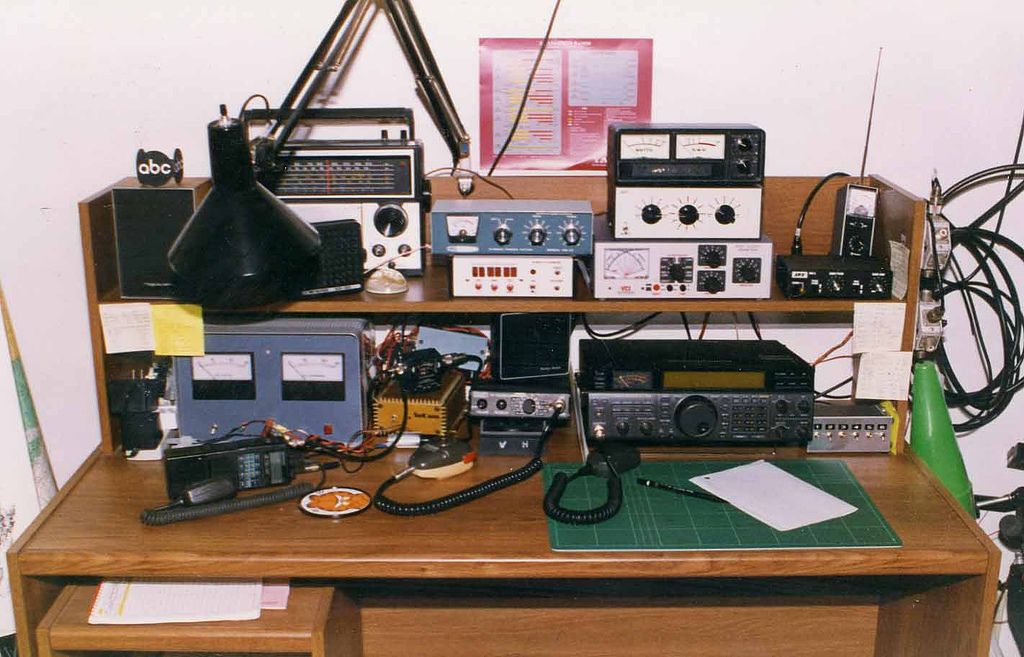Why Amateur Radio Operators Are Watching Hurricane Harvey
Ham radio underwent a resurgence in the United States after Hurricane Katrina
/https://tf-cmsv2-smithsonianmag-media.s3.amazonaws.com/filer/a3/b2/a3b2b09b-fa52-487b-a63b-24071722cb4c/082417_tsharvey2_goes16.jpg)
Emergency response teams and communities are readying for Hurricane Harvey’s potentially devastating impacts. Amateur radio enthusiasts are, too.
In a statement released earlier today, the American Radio Relay League released a statement saying that its members–amateur radio enthusiasts known as ham radio operators–were ready. That’s because ham operators play a big part in disaster response, from monitoring and reporting on storms to providing a method of communication when other methods are down.
Amateur radio operators are federally licensed to communicate over the airwaves. Some of that communication is conversation, but some of it saves lives. Although ham radio might seem like an outdated pastime–licensed operators were required to learn Morse code until 2007–its frequencies and its operators play an important role when disaster strikes.
“When normal communications systems are not available, amateur stations may make transmissions necessary to provide essential communication needs in connection with the immediate safety of human life and immediate protection of property,” the FCC says. What that means for Harvey right now, according to the AARL, is that a team of volunteer hurricane watchers are sending status reports and data like wind speed and direction, damage and barometric pressure. This data is used by government agencies as they monitor the hurricane. Depending on what happens, other services like the Amateur Radio Emergency Service might assist as well.

In the case of Hurricane Katrina, which devastated New Orleans and the Gulf Coast in late August 2005, ham operators managed to quickly get on line and begin relaying calls for help, wrote Gary Krakow for NBC News. They “monitored distress calls and rerouted emergency requests for assistance throughout the U.S. until messages were received by emergency response personnel,” the Bush White House wrote in its post-mortem of the Katrina disaster response.
In the wake of Katrina, the operators who relayed emergency calls to first responders and connected people with lifesaving resources got press attention–and, for the first time ever, some government funding to help maintain and develop their network.
This attention is credited with fostering the resurgence of hams in America, writes T.W. Burger for The Patriot-News. As of 2016, there were over 735,000 licensed ham operators in the United States, according to the ARRL. This surge in membership means the United States actually has more registered amateur radio operators now than at any other point in American history, according to the ARRL.
“Amateur Radio operators provide an invaluable service to their communities by assisting local emergency communication efforts when disasters occur and main lines are down," Connecticut senator Richard Blumenthal said when speaking about a recently introduced bill that would benefit ham operators. Although it relies on an old technology, amateur radio is still worth paying attention to.
A previous version of this article gave the acronym for the Amateur Radio Relay League as AARL, not ARRL. Smithsonian.com regrets the error.